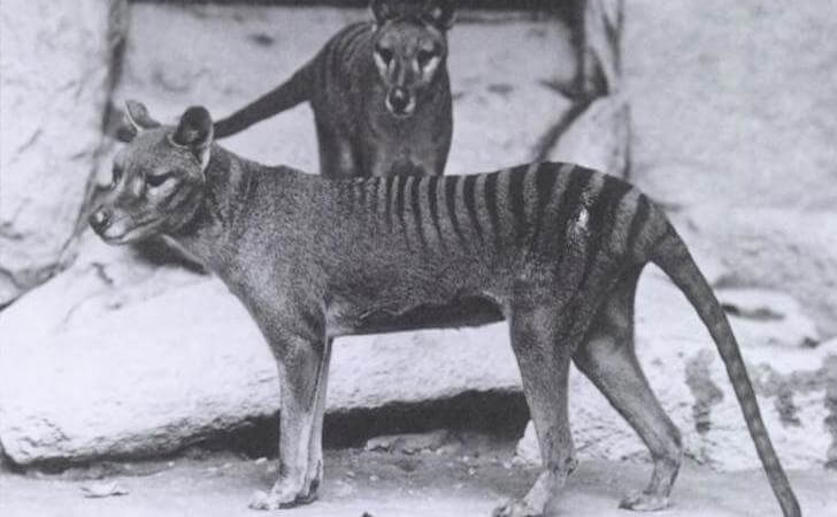
This archived news article is over 5 years old.
Researchers Use Modern Technology to Study the Brain Anatomy of Tasmanian Tigers
Stephanie Wolek
19th January, 2017


Stephanie Wolek
19th January, 2017
